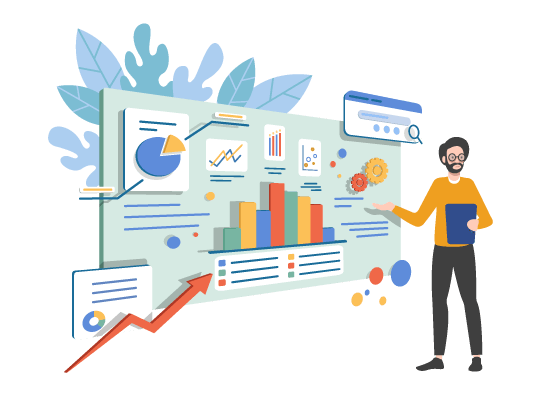The difference between virtual queuing and call-backs is subtle in definition but significant in outcomes. Many contact center managers have been distraught to find that what they needed was a call-back, but what they got was a virtual queue.
Fonolo has been the call-back specialist for over a decade, so we know a thing or two about what makes a call-back different from a virtual queue.
What is a call-back?
All virtual queues end in a call-back, but not all call-backs come from a virtual queue.
Call-backs refer to when you return a customer’s request for a phone call. Whether that’s from a virtual queue or an appointment booked through another channel, it’s all a call-back.
TIP:
A call-back can be at any time, but a virtual queue is initiated in-call queue.
What is Virtual Queuing?
Virtual queuing is the simplest type of call-back solution available. It’s a catch-all term for when you use a bot to wait on hold for you.
‘Virtual Hold’ is the trademarked name of the virtual queuing solution made by Virtual Hold Technology, the other long-time call-back solution provider.
Agent-First Virtual Queuing vs. Customer-First Virtual Queuing
Virtual hold systems also differ in how they connect to the customer at the end of the queue. There are two main ways of connecting a caller to an agent at the end of their virtual hold: Agent-First Connection or a Customer-First Connection.
Customer-First Virtual Queuing
Contrary to its name, this is the least customer-friendly option. When the call nears the end of the virtual hold queue, the Automated Call Distributor (ACD) places a call to the customer. When they pick up, the system validates the call and caller and then connects them to an agent.
That still forces the customer to wait on hold for a short time. Companies like United Airlines choose this option because they want to save money by making you pay for the extra time, which is just plain rude.
Agent-First Virtual Queuing
Agent-first means that the call is connected to an agent at the end of the virtual hold. The agent then has to initiate the call-back themselves, usually by pressing a button on their console.
The ACD then places the outbound call to the caller, who can hear a live agent as soon as they answer the call. That makes for a much better customer experience, which is why Fonolo call-backs are agent-first.
Which is Better: Virtual Queuing or Call-Backs?
The truth is that virtual queuing is just one simple way of offering your customers a call-back. They both help to reduce your abandonment rate and average speed of answer — and improve customer satisfaction.
It’s been around for a long time and is a tried and tested method to reduce abandonment rates in your contact center. We will say nothing bad about virtual queuing because it’s an essential component of the Fonolo product suite.
That said, the term call-back includes the many other ways to offer to call your customers back when you’re busy: Web Call-Backs (formerly Visual IVR), Scheduled Call-Backs, the Fonolo API, Click to Call Widgets, whatever else you call them.
Call-backs are ‘better’ than virtual queuing because they offer more flexibility for your customers and more options for you to manage call volume.

Discover the Contact Center Trends That Matter in 2024
Dig into industry trends and discover the changes that matter to your business in the year ahead.
